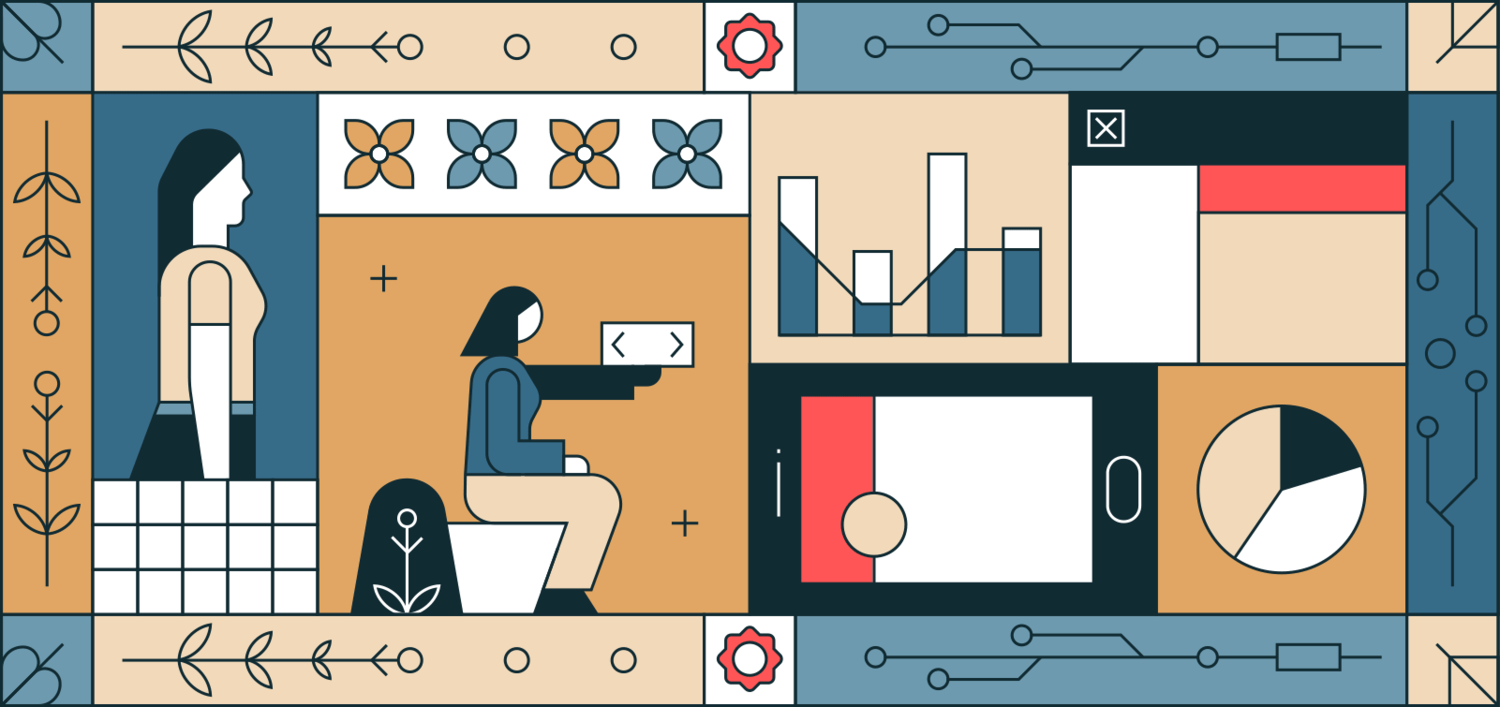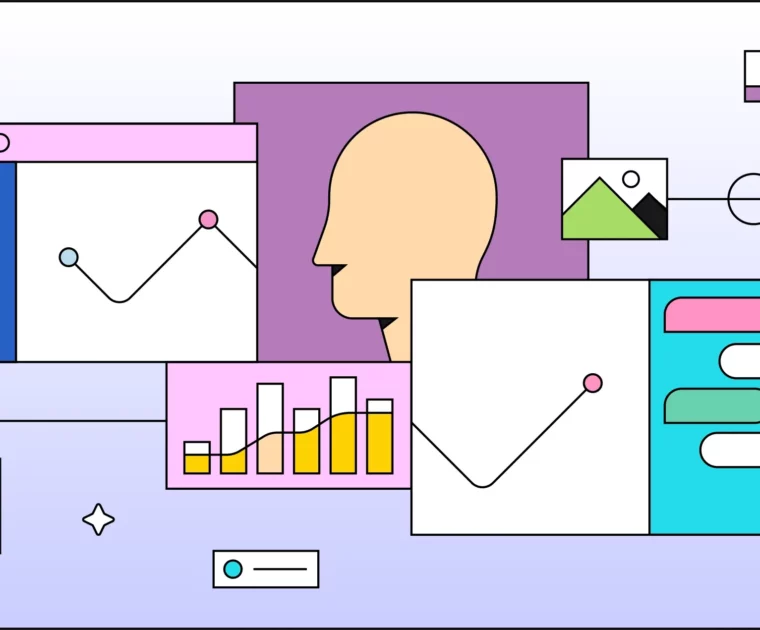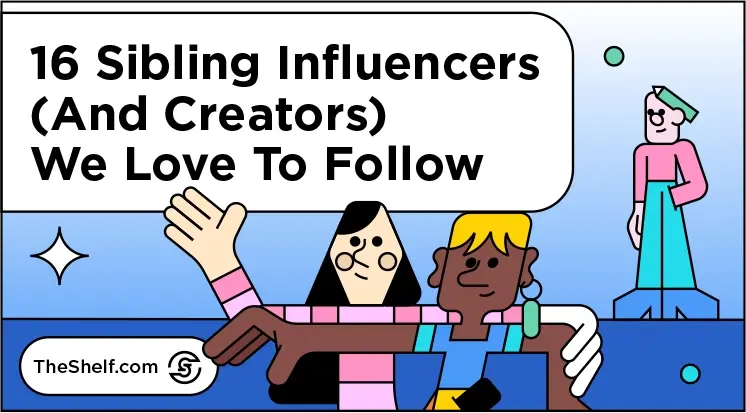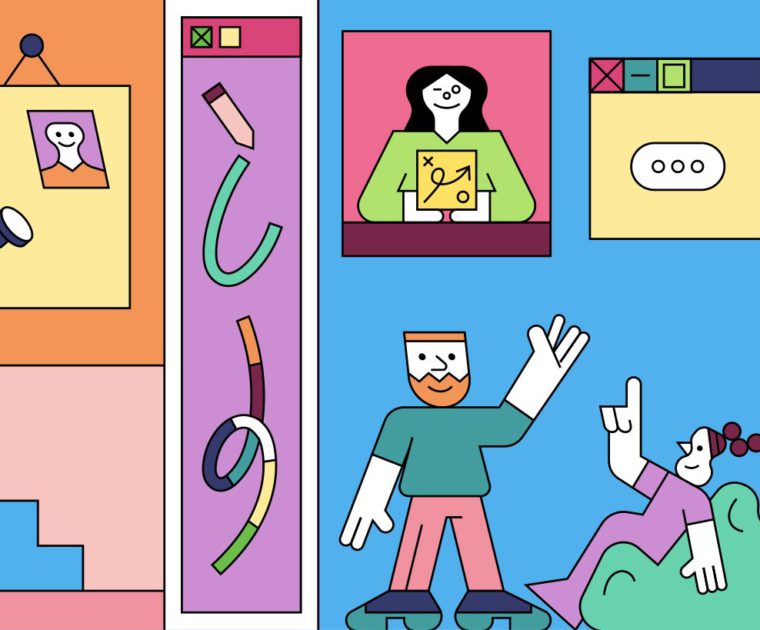Being an influencer is all about knowing your audience. Sounds easy enough, right? But how do you convince a brand that is looking for influencer partners, or even one that has sought you out on social media, that you’d make a good influencer partner? Well, that’s actually the job of your influencer media kit.
We’ve written extensively on the best ways for brands to identify the right influencers for different types of campaigns. We even published a post on blogger outreach that’s pretty popular. This time around, we want to focus on what you can do as a blogger to make it easier for you to forge mutually-beneficial relationships with brands.
Fun Fact: Some Brands Already Know You
t’s often the case that by the time someone reaches out to you, either the influencer agency or the brand already knows who you are. You just need to be able to close on the contracts you want, the ones that are a good fit for both you and the brand. And your best shot at doing that is going to be with data.
(We marketers are all about that data, babe!)
So, you need a well-designed pitch deck that you can present to potential collaborators that will absolutely quantify your value and highlight why you are a good choice to partner with the brand. If you’re thinking to yourself, “Shoot, I need that!?!”, don’t worry, we’ve got you covered.
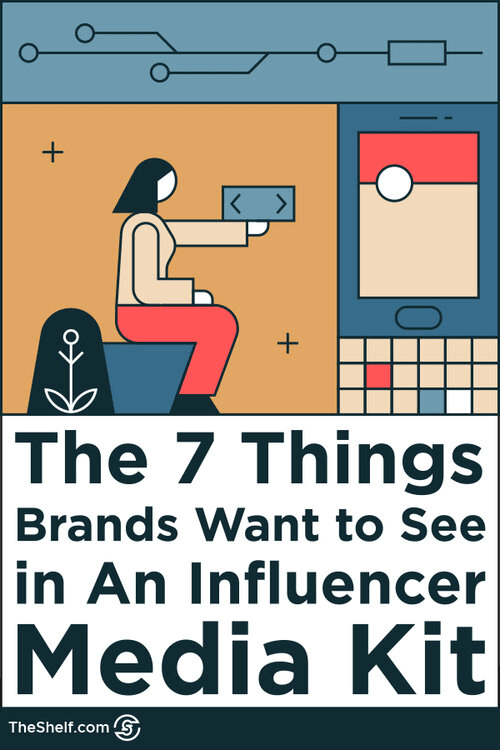
In this handy, little guide, you’ll find pretty much everything you need to know to put together a killer influencer media kit so you don’t have to miss out on any more cool collaborations.

What the Heck is an Influencer Media Kit?
Okay – for starters, let’s go over what an influencer media kit really is. In boring language, an influencer media kit is a digital portfolio that tells brands what they need to know about you. More specifically, it’s your pitch, your chance to sell yourself and actually validate your influence.
Influencer kits are a nice, tidy way to showcase your work, highlight your achievements, and impress people who are interested in collaborating with you. If you’re serious about earning money as an influencer, you NEED an influencer media kit.
Actually, you will need a media kit for just about any business proposition, whether it’s a brand reaching out to you or you reaching out to a brand. Your media kit is going to be the most concise and organized way to highlight how AWESOME you are!
What Goes in a Good Influencer Media Kit?
Now, there are plenty of media kit templates floating around out on the web to help you dream up a pretty snazzy package. And half the fun in making one of these things is in injecting your personality into the design of your kit! But that means very little if your influencer media kit doesn’t include the info brands want to know.
So, in this section, I’m going to tell you what actually goes in your kit. Be warned: it may seem a little overwhelming at first, but I promise you it’s worth it.
And this isn’t just coming from us (although we do like to think we’re pretty well-versed in influencer marketing). The information we outline below is all based on stuff brands have asked us to secure from the influencers during the influencer selection process. And we’ve worked with some pretty big brands. Brands that are in your fridge right now. Or your bathroom. Or on your weekend list of places to visit.
If a brand partners with you, it does so to get the attention of a targeted pool of people who are following you AND also likely to be interested in what that brand has to offer. When influencers buy followers and engagement, they have no idea if any of the followers they bought are gonna turn out to be valuable leads for the brand. And that’s what’s so sucky about having fake followers.
Now, let’s dive into some of these sections a little bit more and see how you can format all this information in your influencer media kit.

#1 Key Info About You
Start by telling brands who you are and what you’re about. Consider this introduction your “About Me” section or your cover letter.
An About Me section is a good place to show off your personality and establish an instant connection with brands that would align well with your own brand and your audience. Talk about what makes you different and why you’re a person of influence. Think about what you could tell someone about you in just 10 seconds that would help them decide if they want to learn more about you.
It’s a little like speed dating because you have to find a smart way to visually communicate a lot about yourself in as little time as possible.
- What country you’re located in
- Your age and the age ranges of those in your household
- Relationship/Marital status
- Female/Male/Non-Binary
- What you do for a living
- What your interests are
- What type of photos you typically receive the most engagement on
For most brands, the goal is to use as few resources and as little time as possible weeding out candidates who aren’t a good match for a particular campaign. There will always be other campaigns. So, focus on helping brands figure out which campaigns to use you for.
And be careful not to agree to work a campaign that you know isn’t a good fit just for the money. Doing so will cancel any further opportunities with that brand if you fall short of meeting campaign goals. And future brands will want to know your performance history on past campaigns before partnering with you.
#2 Audiences Size (Channel-Specific)
Audience Size and Audience Demographics are tied together, but I want to keep them separate because each is an important part of the decision-making process for brands.
We’ve talked extensively on The Shelf Blog about the differences between nano vs micro vs macro vs mega influencers and which types of campaigns work best for each one. Most campaigns aren’t run with macro and mega influencers, and there are times when micro-influencers and nano-influencers are really the best choice for a campaign based on the campaign goals.
So, audience size is important, but not nearly as important as brands originally thought two or three years ago when fast food chicken restaurant chains were trying to get pictures of Kardashians eating drumsticks on their private plane home.
Here is the basic information brands will want to know about the size of your audience:
- Location of main target audience
- Number of followers
- Followers per country
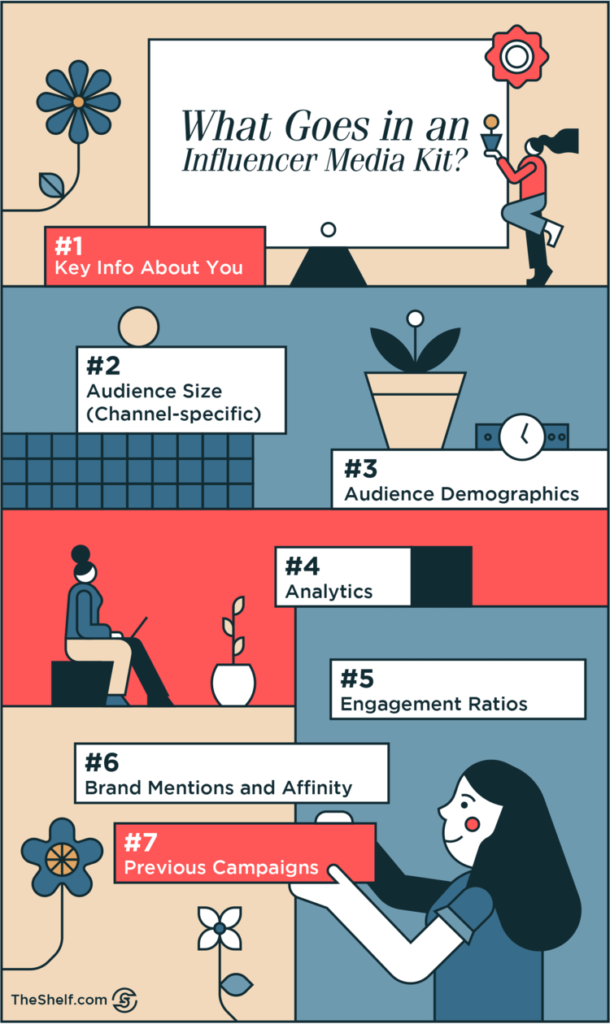
#3 Audience Demographics
Speaking of selling fast food chicken to the private plane demographic… or the fast food chicken demographic…
WHO FOLLOWS YOU is as important as HOW MANY people are following you on social media. Brands may reach out to you because they like your content and think your audience is the right size, but ultimately they’re interested in partnering with you because of the influence you wield with a segment of their target audience.
And if you bought large swathes of followers, you really don’t know who your followers are OR if the brand’s target audience is mixed in with yours or not.
You also want to make sure the data you present is relevant to the channel or channels on which you will be collaborating. Most influencers focus their attention on one or two social media platforms. So, master influencing your audience on those platforms. It’s unlikely, but if a brand is approaching you for a campaign running on a platform other than the one(s) on which you have influence, say no.
We harp on the fact that bloggers and social media influencers need to grow their audiences organically. When bloggers buy followers and engagement, they don’t actually know who they’re getting or if “bought” followers are adding any real value to their brand or their communities.
I can’t emphasize enough that valuable leads is what brands are after when they look to partner with influencers. It may tamper with your ego a little to think that you’re a means to an end, but that’s the truth. If a cute puppy would deliver the same crowd to a brand and the audience would convert better, the pup would probably win, babe.
Just saying…
Brands need to be able to get a feel for your audience, so here is some of the info they will be really interested in knowing:
- Age range of your audience
- Are most married or single (ballpark it if you have to)
- How many are female/male/nonbinary?
- What do they do for a living?
- What are their interests?
- Breakdown of female-to-male ratio
#4 Analytics Data
Time for some jargon and graphs.
At the end of the day, you can say what you want, but the proof is always in the data (we LOVE data). So, you really do need to know how to communicate your value using the data housed in your social media dashboards.
GETTING TO YOUR INSTAGRAM DATA
According to Mobile Marketer, 93 percent of influencer campaigns happen on Instagram. You can find a breakdown of your Instagram audience size and demographic data in the Insights section of the Instagram app.
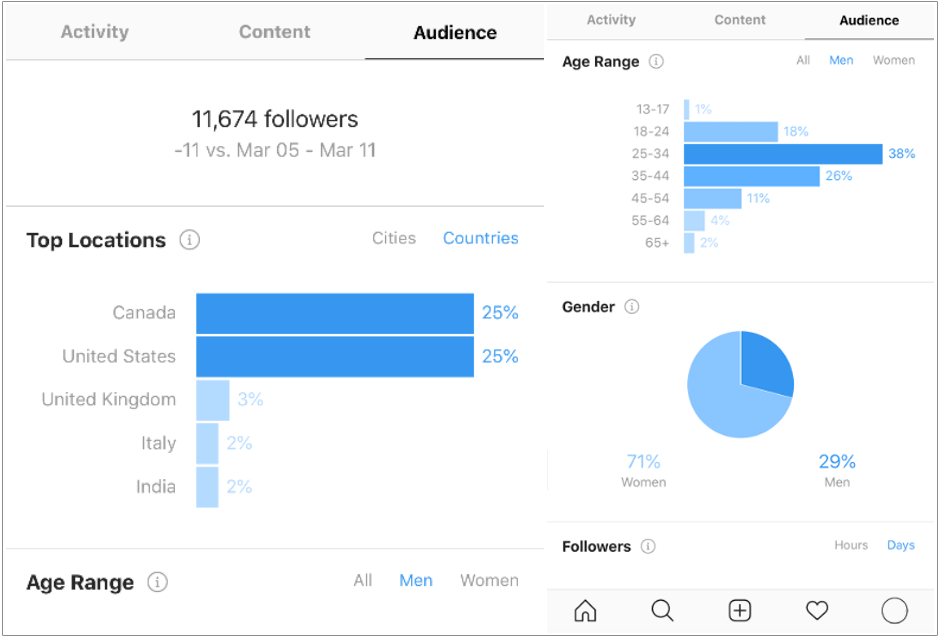
BLOG TRAFFIC DATA
Another big one for brands is your blog. For brands, influencer campaigns can support SEO efforts and help them to get eyes on their products for years to come. The key, of course, is to work with influencers who are also avid bloggers with popular, well-trafficked blogs.
A lot of times, there will be a tie-in between influencers who are popular on platforms like Pinterest and those who have lots of traffic going to their blogs. Beyond just traffic to your blog, brands will want to know:
- How many site visits you get per month
- What type of content is driving your traffic
- Where your traffic is coming from (social, organic, paid)
- Who is visiting your site
- How many different people visit per month
- How long they stay on your site
- Do they browse around or just visit a single page?
- Most popular types of posts you publish
All of this information, you can find in your Google Analytics dashboard.
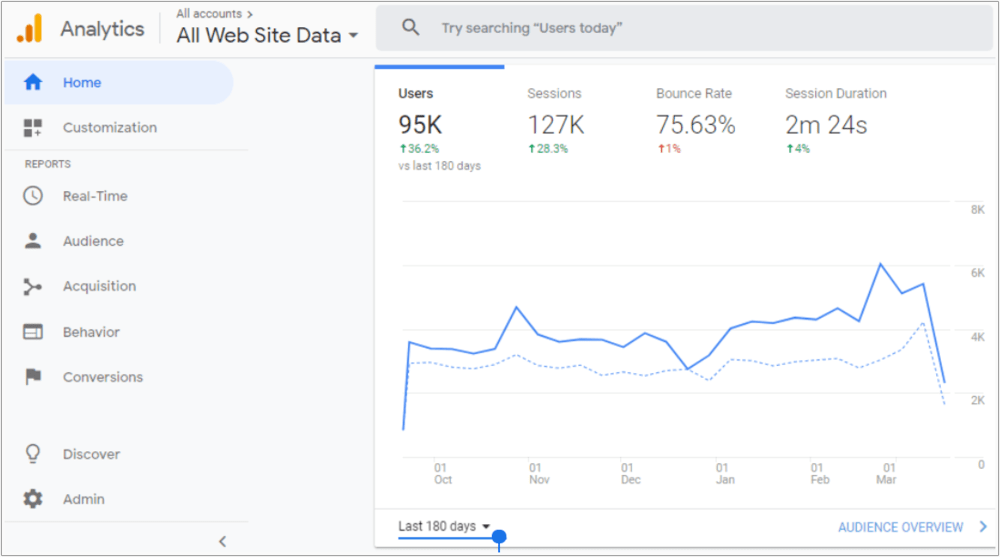
So, if you happen to be a [traditional] blogger, you’ll also need to have your Google Analytics data on-hand, which tells brands about your monthly traffic. Plan to show them an average of your monthly traffic over the past three to six months. They may also be interested in your bounce rate, where the traffic is coming from, how long people are staying on your site.
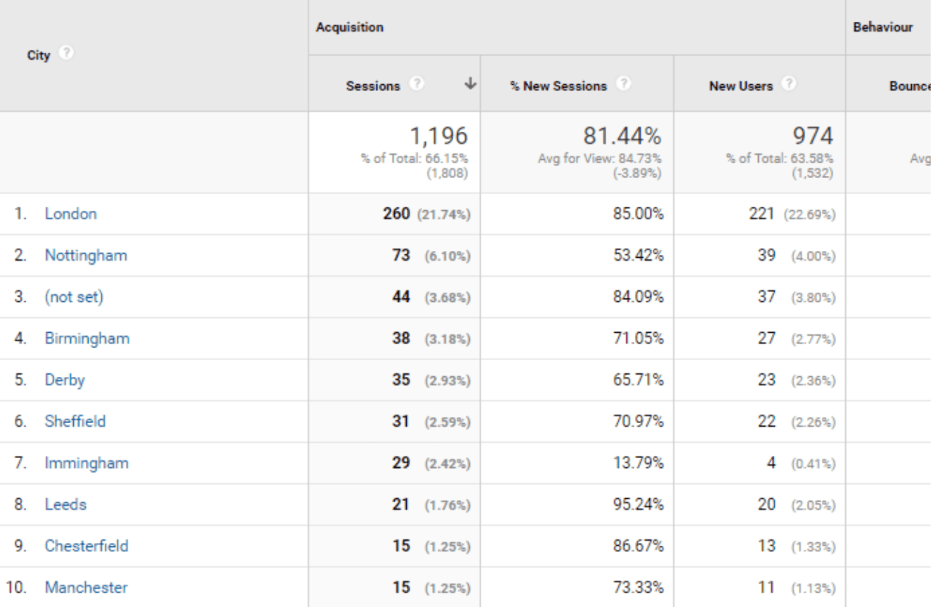
But the good stuff is still to come. Google Analytics produces interest reports, kind of like what Facebook does with ad targeting, where you can target audiences based on their interests.
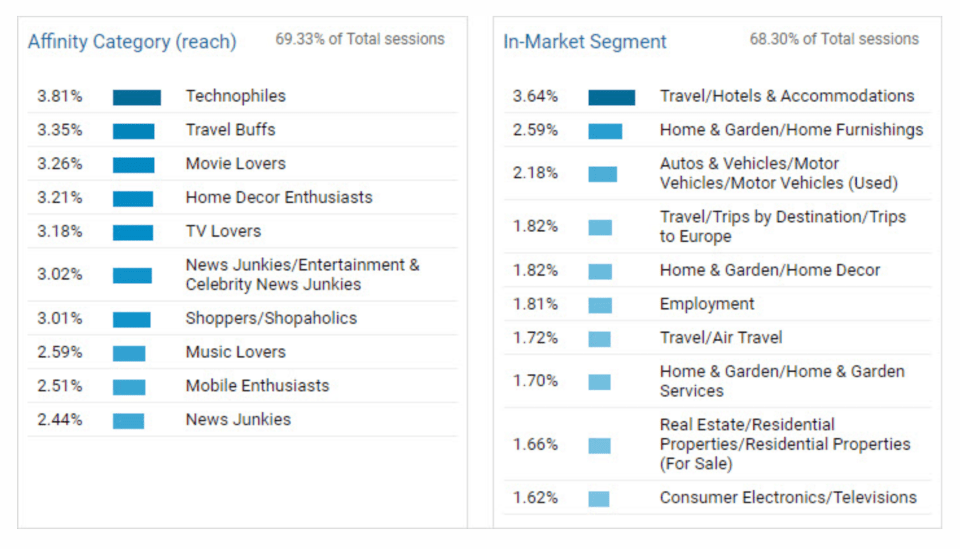
YOUTUBE CHANNEL VIEWERSHIP
Video marketing is one of the most effective forms of influencer marketing, especially for brands targeting the under-35 crowd. YouTube offers some pretty keen insights for its creators. From the YouTube analytics dashboard, you have easy access to viewer stats includingwhat they watched, device type, geography or location, how long they watched, date or time frame, and subscriber status.
If you’re worried about ruining the design of your media kit with ho-hum bar graphs, YouTube actually provides a few different types of charts like pie charts, line graphs, bubble charts, interactive maps, and stacked area charts.
Actually, you can take a look at some of those different types in Google’s page of YouTube analytics.
COMBATTING THE UGLY
I know. I know. Unless you’re a numbers geek, none of those charts look particularly appealing. If you want to skip the dashboard charts altogether and fully design your own media kit, you can do something like what’s pictured below. Lifestyle bloggers A Beautiful Mess highlight their website readership and demographics in their media kit with these cute little icons shaded (or partially shaded) millennial pink. But be warned, larger brands are going to want actual screenshots, so be prepared to hand them over when requested.
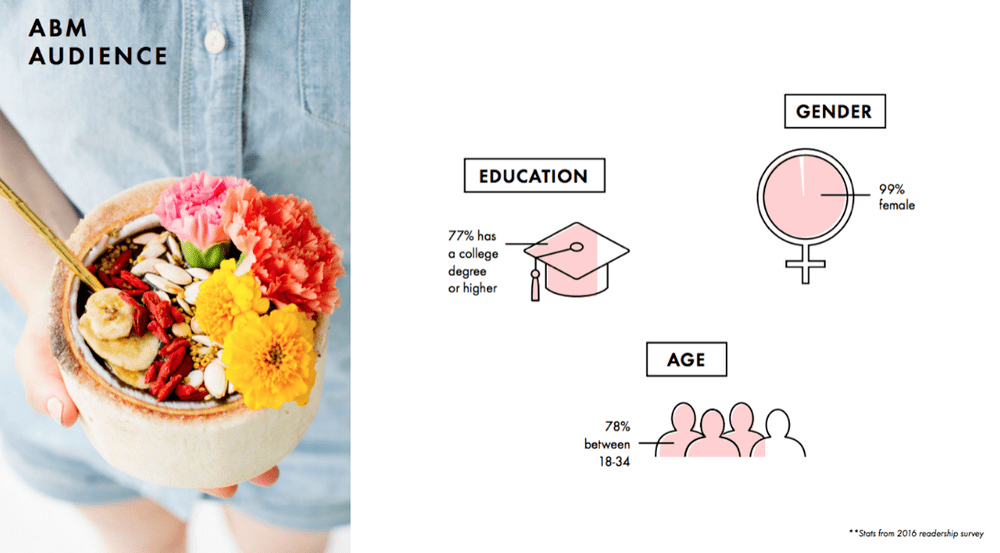
#5 Engagement Ratios
The connection between your audience size and your audience demographics can be seen in your engagement ratios. Brands reach out to influencers whose audiences are interested in, and respond well to, what an influencer posts. Your engagement ratio measures the relationship between your total audience size and the number of followers who like, comment on, or share your posts. The better the engagement, the higher your value as an influencer.
#6 Brands Mentions and Affinity
An equally telling aspect of your online personality has to do with the brands you mention in your posts. The audience of an influencer who frequently talks about brands like Michael Kors, Coach, and Williams Sonoma (high-end fashion and lifestyle brands) will differ from the audience of an influencer who talks about Ruger, Arcus, and Rothco (brands that are popular among hunters and wilderness enthusiasts).
Giving potential partner brands some indication of the types of brands you actually mention and shop will help them determine if your AUDIENCE is a good fit for their product. Remember, brands are trying to determine the value of your audience, so while you may think stepping up your Instagram feed to attract luxury brands after five years of being the queen of thrift and deals will land you cooler partnerships, it’s actually going to be a while before your audience will add much value to a luxury brand because in addition to your feed changing, your audience has to change as well… and that’s gonna take some time.
#7 Previous Campaigns
Talk about your previous successful campaigns. You do have them, don’t you? You almost have to think like a consultant because what brands really want to know about your previous campaigns are the results you delivered for the brands that paid you to work with them.
Highlight some of the brands you’ve worked with, as well as some of the paid content you’ve created. It would be helpful to show some examples of particularly engaging conversations that have started as a result of your sponsored posts. Brands are particularly fond of seeing that you’ve had long-standing relationships with other brands – repeat customers. The assumption is that if a company worked with you more than once, the first campaign must have reached pre-determined goals. So, if you have repeat customers, mention them.
We Know Design is a Big Deal
I didn’t talk much about design in this post, and there’s a good reason for that. Usually, influencers are pretty good at presenting content that is visually appealing. What you may not know is how to sell marketing services to other brands, so I zeroed in on that for this post.
But it’s true that finding the right information to include in your media kit is only half the battle. The design and presentation of your media kit is a big part of what will sell brands interested in collaborating.
The design of your influencer media kit is an example of your aesthetic and creative abilities, and brands are hiring you to create AMAZING content for their campaigns. That said, now is definitely the time to show off.
There are templates you can use to create your media kit. But come on – you want to stand out. It’s more work, but we suggest working to create your own. If graphic design isn’t your forte, consider hiring a freelancer to design it for you!
If you decide to tackle it on your own, you can use free resources like Canva to create a stylized media kit all your own. Canva has over 3,000 media kit templates to choose from.
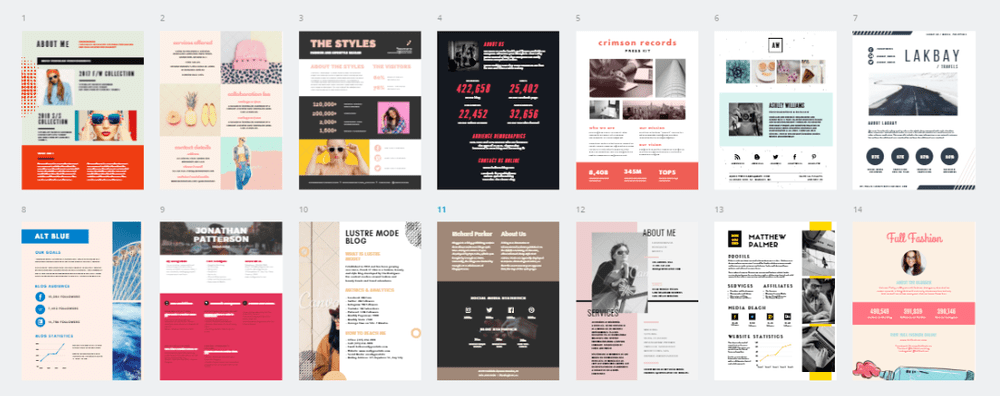
I think most influencers understand the importance of creating visually appealing content. It plays a huge role in how brands perceive you as an influencer. Of course, we have a couple of tips to help you get your head in the game.
- Try playing with different fonts for headers, body text, and graphics. Serif fonts (ones that have little “feet” on the bottom) tend to look more traditional and conservative. Sans Serifs don’t have the little “feet,” and are usually more modern and easier to read.
- Pay attention to the images and graphics you use. Because you’re essentially being hired to create gorgeous content, you definitely want your content to be gorgeous as well.
- Pick portfolio content that is not only aesthetically-pleasing, but also performed well on the platform your potential brand partner is targeting.
- For your data graphics, make them clean, fun, and easy to understand.
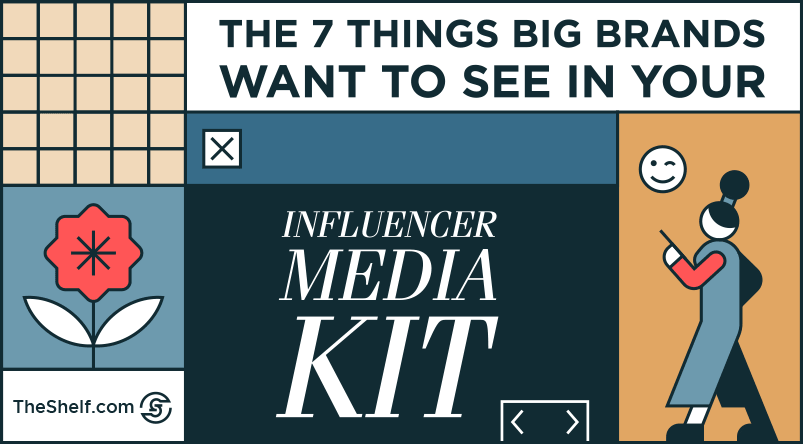
Conclusion
Your influencer media kit will get your foot in the door for collaborations you’re interested in. It should introduce them to who you are, your platform demographics and information, and appeal to them visually. Once you get the conversation started, it’s on you to seal the deal!


